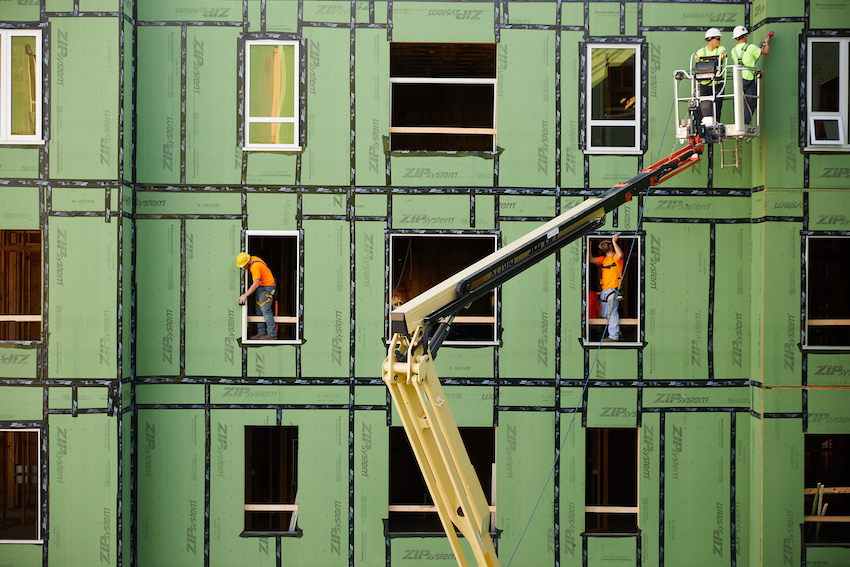Detailing Continuity in Building Enclosure Systems
Learning Objectives:
- Explain the four primary, code-based control layers that make up a building enclosure system.
- Define the primary issues related to continuity of building enclosure control layers in wood-framed wall and roof assemblies.
- Review the common choices for products and materials for building enclosure control layers, including critical transitional areas.
- Compare different drawing details and solutions for their use in wood-framed wall and roof assemblies.
Credits:
This course is approved as a Structured Course
This course can be self-reported to the AANB, as per their CE Guidelines
Approved for structured learning
Approved for Core Learning
This course can be self-reported to the NLAA
Course may qualify for Learning Hours with NWTAA
Course eligible for OAA Learning Hours
This course is approved as a core course
This course can be self-reported for Learning Units to the Architectural Institute of British Columbia
Designing control barriers to manage bulk water, air, thermal bridging, and vapor in building enclosures is only the beginning to an effective exterior. While straightforward along flat, continuous surfaces, it is the noncontinuous conditions, including transitions, penetrations, and interruptions, that present design and construction complexity to maintain effective barrier performance. This course emphasizes critical areas in which detailing continuity in these control barriers are important to address, especially when using today’s integrated sheathing systems.

Photo Courtesy of Huber Engineered Woods LLC
In order to assure the continuity of the water, air, thermal, and moisture barriers in building enclosures, detailed attention is required at changes in wall and roof surfaces, transitions, and openings.
 |
ZIP System® building enclosures offer structural and sealing products for a quick rough dry-in. A revolutionary alternative to traditional sheathing and building wrap, ZIP System™ sheathing and tape create a streamlined roof and wall sheathing system with integrated weather and rigid air barriers. The simplified approach to structural roofs and walls helps building teams save time by eliminating installation steps and achieving a quick rough dry-in to accelerate interior work. Backed by a 180-Day Exposure Guarantee and 30-Year Limited Warranty, ZIP System building enclosures not only help keep jobs on track but also provide reliable exterior water management during and after construction. Learn more at ZIPRevolution.com |













